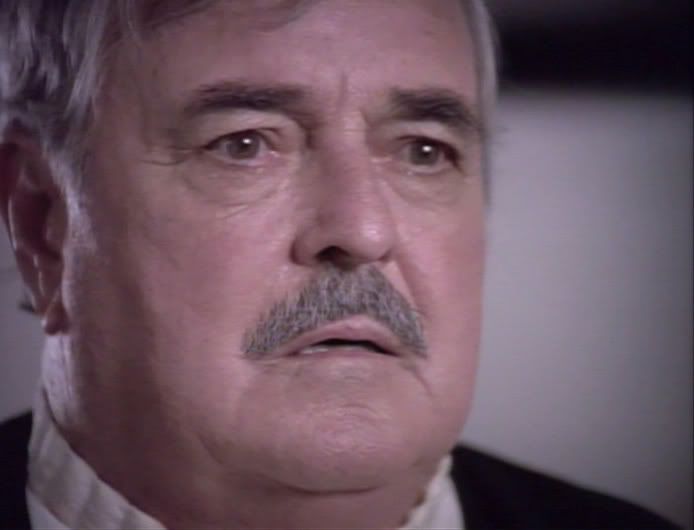Ignoring the neck and pylons for a moment, if the mass of the warp nacelles (above the impulse nozzles) equals that of the secondary hull (below the impulse nozzles) then the impulse engines would be generating a thrust vector through the ship's center of mass as it must for optimum stability.
Just one quick comment... I know you get this, but it needs clarification for the non-techy-types. You're oversimplifying.
You're not really talking about the masses being equal, you're talking about the moments of inertia being equal. This has to do with the total mass, and the distribution of that mass relative to the line-of-action of the thrust system.
For a simplified way of looking at it... you'd (figuratively) slice the ship in half, side to side (ie, along a horizontal plane) along the impulse thrust vector. Since the ship is symmetrical side-to-side, you need not do it laterally, but if the ship was assymmetrical laterally, you'd need to do this both ways.
Now... find the center-of-gravity of the lowermost half, and the center-of-gravity of the uppermost half. Calculate the mass of each section, and the distance of the center-of-gravity of each section from the plane along which you're sectioning the ship.
The total sectional mass times the distance from the sectioning plane must be the same for both regions, or else the ship will spin when thrust is applied rather than traveling in a straight line.
Now... the secondary hull is mostly empty volume (lots of living spaces, corridors, etc), while the nacelles are going to be much more dense. The volume of the nacelles, combined, is greater than that of the secondary hull as well. So it actually seems highly likely that the TOS ship is perfectly balanced for thrust from the existing impulse engine location.






